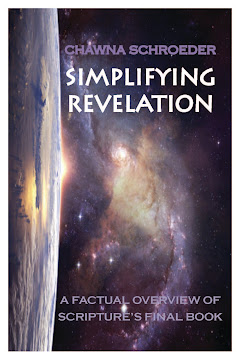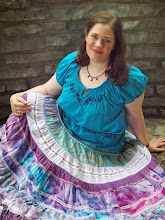Having two standards, however,
means that stories are no longer only right or wrong. That is, if you
will allow the color analogy, the issue isn’t black and white. The black and
white can also combine, and we must now deal with black and white and a new
third color, gray.
So what makes a story black or white or gray? Let’s look at
each of them separately.
White—good content,
good craft: This is the ideal. It meets the standard God used, giving us a story
that is a pleasure to read and a benefit to the soul. Therefore, these stories
can be enjoyed without fear or worry. Nothing meets the standard perfectly, of
course, but some authors have come pretty close.
Black—bad content,
bad craft: These are fairly rare. A secular publisher might release a book
with bad content, but usually the craft is excellent. A Christian publisher
might release a book with bad craft, but often the content is powerful. But
nonetheless, occasionally one gets through and should be avoided at almost all
costs, since it is completely opposite God’s standards. Thankfully, we rarely
are tempted to read them—if the craft is truly “bad,” you’ll most likely stop
reading before page fifty, unless it is required for school or something
similar.
Gray—bad content, good craft or good content, bad craft:
Ah! Here we reach the rub. Most books fall into this area and what a friction
they cause! We want to read the first (bad content, good craft) because the
writing is so engaging—but we read the latter because it’s healthy and “safe.”




No comments:
Post a Comment